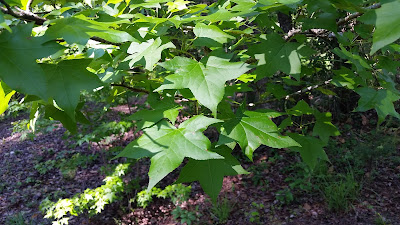Common Names: Live oak, southern live oak, Virginia live oak, bay live oak, scrub live oak, plateau oak, plateau live oak, escarpment live oak
Latin Names:
Quercus virginiana
Type: Tree
Origin: Native
Edible: Cooking oil from the nuts (boil the internal nut to get the oil). The leached seed can be cooked to use as a thickener or roasted to be eaten whole. Roots of seedlings form an edible tuber like a potato.
Sources say that the live oak acorn is one of the mildest acorn (less tannic). However, acorns must be leached to remove the tannic acid both the improve the taste and so the acid won't damage our kidneys (!). Process:
- Put acorns in water. Any floaters should be thrown away. Dry the ones that sink (oven, frying pan, or just in the sun).
- Shell the acorns to get the nuts inside.
- Dry and coarsely grind the nut. Put in a net bag and into a pot of water. Keeping changing the water until the water stays clear. This may take up to a week (!).
Other uses: Medicinal purposes from various parts of the tree. Wood is hard and strong. The wood used to be used in ship framing. Leaves were used to make rugs. Bark can make dyes (tannin) or used as an astringent.
Notes: Can live for hundreds of years. Acorns eaten by many animals.
 |
| Live oak (June) |
 |
| Live oak (June) |
 |
| Live oak (May) |























































